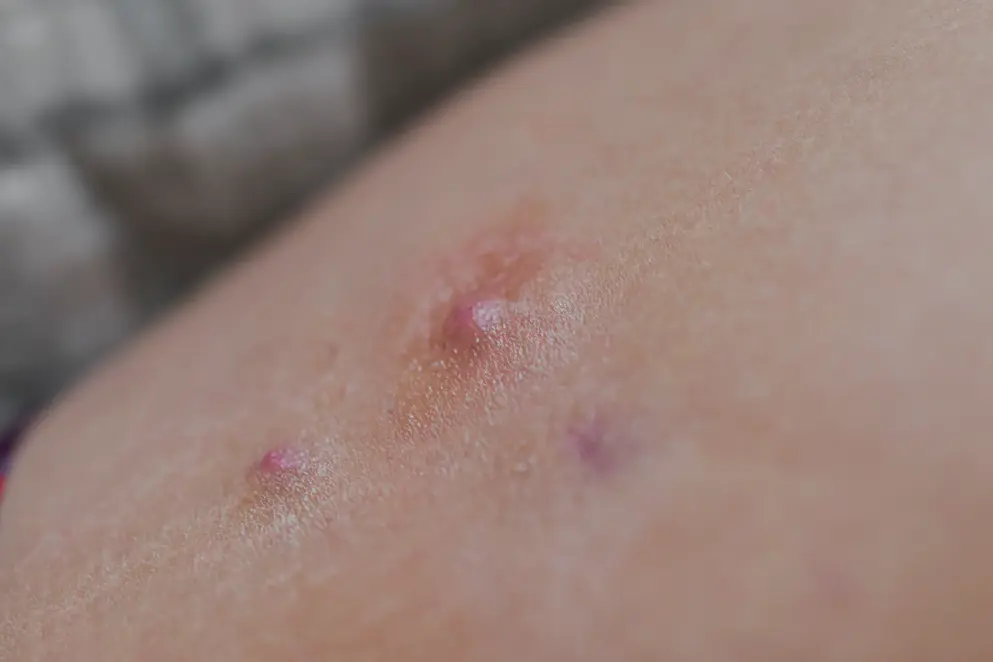
EHSF 2024
EHSF 2024: New directions for HS management in Europe
Getting to the heart of HS: Guidelines update
By Ben Gallarda
The 13th Conference of the European Hidradenitis Suppurativa Foundation (EHSF 2024) was held in Lyon, France, opening with a look back at how much the field has advanced since this series of conferences began.
2024 European guidelines update
Christos Zouboulis (Brandenburg Medical School, Dessau, Germany) presented an overview of ongoing work to publish an update to the European guidelines for HS management. With the guidelines first published in 20151 and last updated in 2019,2 Zouboulis noted that this update would be important for all physicians involved in caring for people with HS. While the specifics will be published in coming months, some of the highlights mentioned involve:
- Classifying active HS as either inflammatory or non-inflammatory
- Aligning medical treatment selection to the International HS Severity Score System (IHS4) of mild, moderate or severe inflammatory HS
- Defining the role of approved biologics (adalimumab and secukinumab) and several treatments in phase 3 clinical research in reducing HS symptoms
- Consideration of various surgical options based on Hurley staging in non-inflammatory HS
Participants in the following Q&A session debated additional points, including national preferences or restrictions on antibiotic use, differences in HS trends between northern and southern Europe, and more. Zouboulis emphasised that the guidelines were aimed not at the specialists in the room, but dermatologists, gynaecologists, general practitioners and other physicians who care for people with HS but lack such expertise. He hopes the guidelines will offer a wide range of options accounting for most national particularities, thus allowing physicians to select the diagnostic and treatment pathway most suited to their patients.
Updated European HS guidelines are aimed at clarifying the stages and types of HS so that optimised treatments and management can be offered to patients
The DNA of HS
After a day of working sessions, Errol Prens (Erasmus MC, Rotterdam, the Netherlands) gave the plenary lecture opening the conference. Prens focused part of his lecture on the importance of the IHS4 in advancing HS clinical research since it was first published in 2017.3 He recommended that it be used as the primary outcome in clinical trials for all new HS treatments, allowing for suitable comparison of treatment efficacy in resolving HS symptoms. Other commonly used scores, such as Hurley staging, are less effective in this role, he said.
The approval of the first two biologics for treating the inflammatory causes of HS were important, much needed developments in this field. The anti-tumour necrosis factor (TNF)α adalimumab was approved for HS in 2015 and the interleukin (IL)-17a inhibitor secukinumab was approved in 2023. Prens discussed the important roles these treatment options play in resolving the underlying autoimmune, inflammatory aspect of HS and expressed hope that additional treatments with novel mechanisms of action would be forthcoming. A poll of the audience run in another session highlighted that earlier use of biologics to both prevent disease worsening and reduce symptom severity was the biggest need related to these treatments today.
Prens concluded by summarising many of the other positive developments in the field over the past decade: reduced patient stigma, the busting of several myths surrounding the origins and causes of HS, the substantial growth in clinical trials examining new treatment targets and mechanisms of actions, and the ongoing exploration of genetic causes of HS showing up to 80% heritability. In summary, the future of HS research and resulting management is bright.
Day 1 of EHSF 2024 concluded with anticipation of much more presentations and discussion of key aspects of HS diagnosis and management.
Assessing the efficacy of HS treatment
By Ben Gallarda
Day 2 of the 13th Conference of the European Hidradenitis Suppurativa Foundation (EHSF 2024) covered a wide spectrum of HS topics. From pathophysiology and genetics, to outcome measures, burden of disease and quality of life, to medical treatments for inflammatory HS, the presentation and discussion continued the theme of Day 1 that the field has progressed a good deal.
Using IHS4 for assessment of treatment efficacy
Currently approved biologics for treating HS – adalimumab and secukinumab – were approved on the basis of clinical trials measuring outcomes with the Hidradenitis Suppurativa Clinical Response (HiSCR).4,5 A common perspective among presenters was that the more recently developed International HS Severity Score System (IHS4) is more suitable for assessing clinical outcomes (see Article 1). One reason for this is the reduced ability of the HiSCR to assess draining tunnels, compared with the IHS4’s attribute of assigning different weights to the various types of lesions found in HS, namely nodules, abscesses and draining tunnels.3
This is why Christos Zouboulis (Brandenburg Medical School, Dessau, Germany) and colleagues conducted a post hoc analysis of two phase 3 clinical trials of secukinumab for moderate or severe HS, in which they assessed change in IHS4 through week 52 of treatment.
The two trials examined four treatment arms: 361 patients receiving 300 mg secukinumab every 2 weeks, 360 patients receiving 300 mg secukinumab every 4 weeks, and 363 patients receiving placebo up to week 6 and then switching to secukinumab either every 2 or 4 weeks. From a baseline IHS4 score of 28.5±21.30 (mean ± SD), the secukinumab fortnightly arm saw a 10.80-point reduction (95% CI, –12.30 to –9.30) at 16 weeks and a 12.40-point reduction at 52 weeks. For the secukinumab monthly arm, the baseline score of 25.6±19.65 dropped 9.46 points (95% CI, –10.96 to –7.69) at 16 weeks and 11.7 points at 52 weeks. In the placebo arm, the baseline score of 25.8±19.78 was reduced by 4.92 (95% CI, –6.43 to –3.41) at 16 weeks and after reduced by a further 10.3 points with secukinumab every 2 weeks, and by 10.5 points with secukinumab every 4 weeks.
Zouboulis noted that these findings highlight secukinumab’s sustained response, reducing disease severity from moderate or severe to mild in around one-third of patients. He also commented on the utility of IHS4, particularly for quantifying the effect of a treatment on draining tunnels.
So it’s clear, IHS4 is the validating system for evaluating new drugs
The window of opportunity
Sofía Haselgruber (Hospital Universitario Virgen de las Nieves, Grenada, Spain) introduced the idea of a “window of opportunity”, along with real-world evidence for predicting which of 67 patients would best respond to treatment with secukinumab at 24 weeks. After conducting a multivariate analysis accounting for a number of patient- and treatment-related factors, including sex, age, BMI and Hurley stage, she reported that a single factor stood out. Lower “therapeutic burden” – the sum of previous systemic treatment cycles and surgical interventions – was associated with a higher probability of achieving HiSCR and IHS4-55.
Related to a window of opportunity, Haselgruber indicated that treatment before therapeutic burden passes a value of 5 best predicted treatment effectiveness. She concluded, “The lower the therapeutic burden, the higher probability of responding to secukinumab, and these methods can help us define the window of opportunity.” She added that despite being a smaller, retrospective study, these results are an advance in understanding which factors may help maximise likelihood of treatment success.
The idea of therapeutic burden, comprising previous systemic treatments and surgical interventions, helps identify a window of opportunity where the likelihood of treatment success is greater
Patient and physician preferences
Reduction of lesions is not the only thing that matters to patients. Pain, daily functioning and other issues related to quality of life may be equally or more important. John Ingram (Cardiff University, UK) explored preferences of physicians or people with moderate-to-severe HS towards biologic treatments via an online survey that was created with patient input.
The analysis included 304 physicians and 301 patients. Only 40.2% of patients were satisfied with their current treatment. When it came to preferences influencing treatment choice, patients and physicians were generally aligned, both ranking “reduction in skin lesions” as most important, followed by “likelihood of serious side effects”. The most discordance was seen in the relative importance of “duration of treatment benefits”, with patients rating it higher than physicians.
Ingram expressed hope that analyses like these would facilitate improved shared decision-making, allowing patients and their physicians to work together to select the optimal treatment course.
Patient-reported outcomes and real-world evidence
By Ben Gallarda
The 13th Conference of the European Hidradenitis Suppurativa Foundation (EHSF 2024) included a sincere effort to incorporate the patient perspective, with many of the scientific presentations reporting on multiple factors related to patient wellbeing and quality of life (QoL). From patient-reported outcomes (PRO) to real-world evidence for treatment effectiveness, content from the third and final day of the conference demonstrated a genuine dedication to the people affected by this disease.
Patient-reported versus clinical outcomes
John Ingram (Cardiff University, UK) presented a post hoc analysis of two phase 3 clinical trials of secukinumab in moderate-to-severe HS that examined the concordance between several PROs and Hidradenitis Suppurativa Clinical Response (HiSCR) and International HS Severity Score System (IHS4) scores at week 16 and 52 of treatment. Response or non-response to treatment was assessed against the Dermatology Life Quality Index (DLQI), skin pain Numerical Rating Scale (NRS), Work Productivity Activity Impairment (WPAI), European QoL-5 dimension (EQ-5D) and Patient Global Impression of Change (PGI-C) and Severity (PGI-S).
The analysis found a moderate concordance between the PROs and both HiSCR and IHS4-55 at week 16 that remained steady at week 52. For patients whose disease responded to treatment as measured by HiSCR or IHS4-55, concordance rates with the following PROs at week 16 and week 52 were:
- NRS30 – HiSCR: 66.6%, 66.4%; IHS4-55: 64.7%, 63.6%
- DLQI – HiSCR: 64.4%, 60.5%; IHS4-55: 61.2%, 61.2%
- WPAI > 5% improvement – HiSCR: 54.6%, 57.2%; IHS4-55: 56.5%, 56.9%
Ingram concluded by stating that, given the moderate concordance showed in this study, both clinician-reported scores and PROs should be included in future research and treatment decisions in order to capture a more comprehensive assessment of the outcomes of treatment for HS.
Long-term, real-world effectiveness for anti-TNF
Management of HS is aimed at improving patient outcomes over time and, since the first biologic, adalimumab, was approved for HS in 2015, the long-term impact of treatment can now be assessed. Georgia Vradeli (Brandenburg Medical School, Dessau, Germany) reviewed 3‑year outcomes from the open-label extension of the registration trials for adalimumab,6 and 1-year results from a real-world effectiveness study,7 noting that HiSCR and DLQI results tend to be maintained over time.
With this background, Vradeli went on to describe an analysis of 32 patients on adalimumab for HS continuously since 2016 whose outcomes were measured with IHS4-55 through 364 weeks. IHS4 scores showed a decline from an average above 20 at baseline to less than 15 by week 12, and this value saw further reduction to less than 10 through week 364. The resulting spread of disease severity went from 10% moderate and 90% severe at baseline to 13% mild, 52% moderate and 35% severe at 12 weeks, terminating with 78% mild and 22% severe at week 364.
Vradeli noted that these enduring results were linked to improvements in patient QoL over the long term as measured by DLQI. One can hope that recently or soon to be approved therapies will achieve similar or better long-term results.
Real-world evidence for IL-17 inhibition
For a final comparison of results published from randomised controlled trials and real-world evidence, Antonio Martorell (Hospital de Manises, Valencia, Spain) reviewed a retrospective analysis from a cohort of 263 patients treated with secukinumab. Deviating somewhat from inclusion criteria in published trial data, Martorell’s group included a greater percentage of Hurley stage 3 patients (55%) with a higher average ISH4 score (16.65) and longer disease duration (15.4 years) than were recruited to the phase 3 trials of secukinumab.
The results showed a 12–15% higher achievement of HiSCR-50 at week 16: 57% from this cohort compared with 42% and 45% in the two phase 3 trials. This percentage increased to 63.6% at 24 weeks. In addition, 56% of patients in this study achieved IHS4-55. The safety profile in this cohort was similar to published data, with 33 patients discontinuing treatment for lack of response at week 16, two for psoriasis worsening, and one each for ulcerative colitis or Crohn’s disease flare.
While a short-term, retrospective study, these results offer additional real-world evidence of the effectiveness of secukinumab, particularly in patients with severe disease. Martorell’s takeaway from this research was that in addressing inflammatory and mixed phenotype HS, early treatment with effective biologics is key to reduce inflammation.
Interview with Barry McGrath, HS patient advocate
As the patient perspective played a significant role in the EHSF, comments from HS patient advocate Barry McGrath complemented the scientific and medical presentations.
Attending ESHF 2024 as a patient advocate
How the HS patient perspective is represented
Key takeaways for physicians from the patient perspective
Other highlights from the conference
Insights into the live surgery session
Meet the experts

Professor Falk Bechara
Falk G Bechara is Head of the Department of Dermatologic Surgery, and Senior Physician of the Department of Dermatology, Allergology and Venereology at the Ruhr-University Bochum, Germany. He is the Past-President of the German Society of Dermatologic Surgery (DGDC). Professor Bechara coordinates the Skin Cancer Center of the Ruhr-University Bochum with focus on reconstructive dermatologic surgery and leads the Clinical Study Center for inflammatory skin diseases.
He has published extensively in scientific journals and dermatology textbooks and is a frequent speaker both at national and international conferences.
In 2008, Professor Bechara founded the Hidradenitis suppurativa/Acne Inversa Center in Bochum, which has become one of the largest in Europe, with a focus on serious cases with demanding surgical challenges. In 2020 this centre was expended to the “International Center for Hidradenitis suppurativa/Acne inversa (ICH)”, reflecting cooperation with diverse international HS centres and the increased number of international patients seeking the highest medical and surgical care for their disease.
Disclosures: Professor Bechara has received honoraria for participation in advisory boards, in clinical trials, and/or as a speaker from AbbVie Inc., AbbVie Deutschland GmbH & Co. KG, Boehringer Ingelheim Pharma GmbH & Co. KG, Novartis Pharma GmbH, UCB Pharma, Incyte Corporation, Janssen-Cilag GmbH, MoonLake, Dr. Wolff, Mölnlycke and Celltrion.
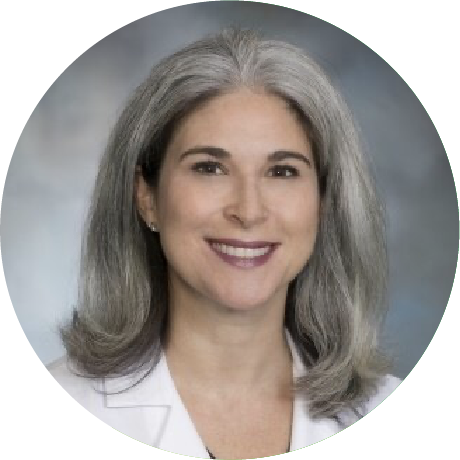
Dr Stephanie Goldberg
Dr. Stephanie Goldberg is a surgeon and Vice President for Graduate Medical Education at Mary Washington Healthcare in Fredericksburg, Virginia. Dr. Goldberg has treated HS patients for many years. She became interested in caring for HS patients when she saw the impact the disease has on patients' lives and felt that there were better surgical options we could offer. Dr. Goldberg runs an HS Surgical Clinic and focuses on multi-disciplinary approach to care focused on patient’s individual goals. Dr. Goldberg completed her medical school and surgical training at Virginia Commonwealth University in Richmond, Virginia. She is board certified in General Surgery and Surgical Critical Care.
Disclosures: Dr Goldberg is a board member for the Hidradenitis Suppurativa Foundation.
For more on the Hidradenitis Suppurativa Foundation, click here to learn more
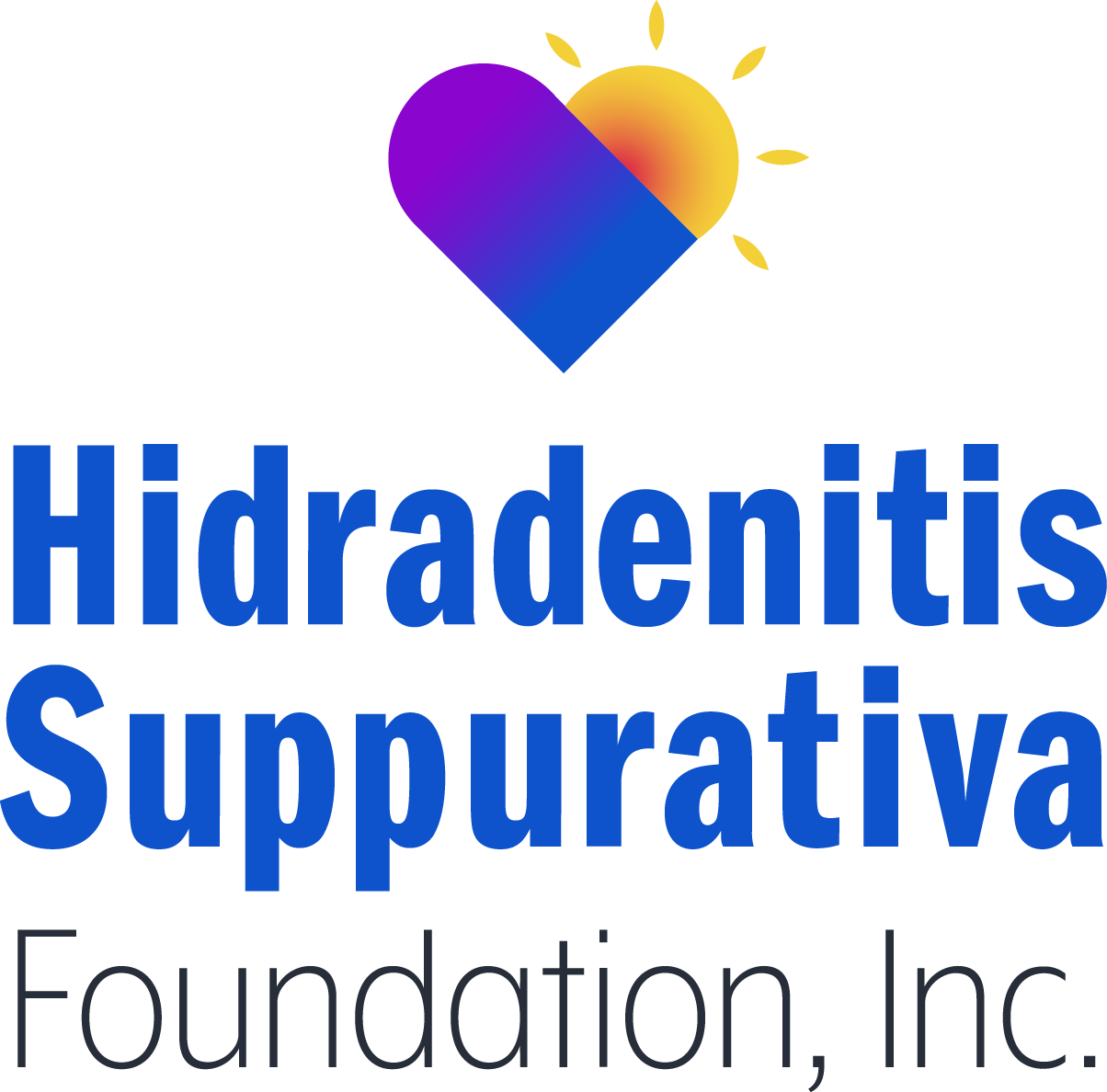
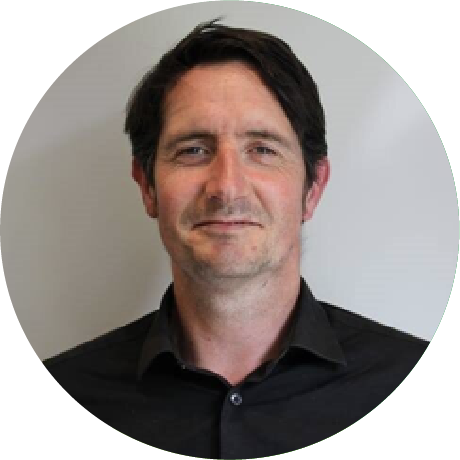
Dr Barry McGrath
Barry McGrath, PhD has been living with hidradenitis suppurativa (HS) for over 30 years and has witnessed many changes in HS care, research, and treatment in that period. He uses his lived experience as an HS advocate and as a patient research partner with HS researchers internationally. Dr McGrath co-founded and manages HS Ireland, an association for people affected by HS living in Ireland, comprising more than 1200 people with HS and their families, partners, carers, healthcare professionals, and others. He enjoys communicating HS-related information to various audiences. Dr McGrath is a former scientific researcher and university lecturer and currently works with a contract research organisation.
Dr McGrath is also a fellow of the European Patients’ Academy on Therapeutic Innovation.
Disclosures: Dr McGrath has received disease-related honoraria from Novartis and UCB.
For more on HS Ireland, please visit their Linktree
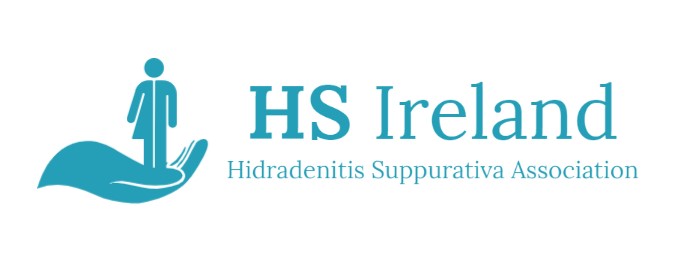
References
- Zouboulis CC, Desai N, Emtestam L, Hunger RE, Ioannides D, Juhasz I, et al. European S1 guideline for the treatment of hidradenitis suppurativa/acne inversa. J Eur Acad Dermatol Venereol. 2015;29(4):619-644.
- Zouboulis CC, Bechara FG, Dickinson-Blok JL, Gulliver W, Horváth B, Hughes R, et al. Hidradenitis suppurativa/acne inversa: a practical framework for treatment optimization - systematic review and recommendations from the HS ALLIANCE working group. J Eur Acad Dermatol Venereol. 2019;33(1):19-31.
- Zouboulis CC, Tzellos T, Kyrgidis A, Jemec GBE, Bechara FG, Giamarellos-Bourboulis EJ, et al. Development and validation of the International Hidradenitis Suppurativa Severity Score System (IHS4), a novel dynamic scoring system to assess HS severity. Br J Dermatol. 2017;177(5):1401-1409.
- Kimball AB, Okun MM, Williams DA, Gottlieb AB, Papp KA, Zouboulis CC, et al. Two Phase 3 Trials of Adalimumab for Hidradenitis Suppurativa. N Engl J Med. 2016;375(5):422-434.
- Kimball AB, Jemec GBE, Alavi A, Reguiai Z, Gottlieb AB, Bechara FG, et al. Secukinumab in moderate-to-severe hidradenitis suppurativa (SUNSHINE and SUNRISE): week 16 and week 52 results of two identical, multicentre, randomised, placebo-controlled, double-blind phase 3 trials. Lancet. 2023;401(10378):747-761.
- Zouboulis CC, Okun MM, Prens EP, Gniadecki R, Foley PA, Lynde C, et al. Long-term adalimumab efficacy in patients with moderate-to-severe hidradenitis suppurativa/acne inversa: 3-year results of a phase 3 open-label extension study. J Am Acad Dermatol. 2019;80(1):60-69.e62.
- Gulliver W, Alavi A, Wiseman MC, Gooderham MJ, Rao J, Alam MS, et al. Real-world effectiveness of adalimumab in patients with moderate-to-severe hidradenitis suppurativa: the 1-year SOLACE study. Journal of the European Academy of Dermatology and Venereology. 2021;35(12):2431-2439.
of interest
are looking at
saved
next event
Developed by EPG Health for Medthority. This content has been developed independently of the sponsor Novartis Pharma AG, who have had no editorial input into the content. EPG Health received unrestricted educational funding from the sponsor in order to help provide its healthcare professional members with access to the highest quality medical and scientific information, education and associated relevant content.

